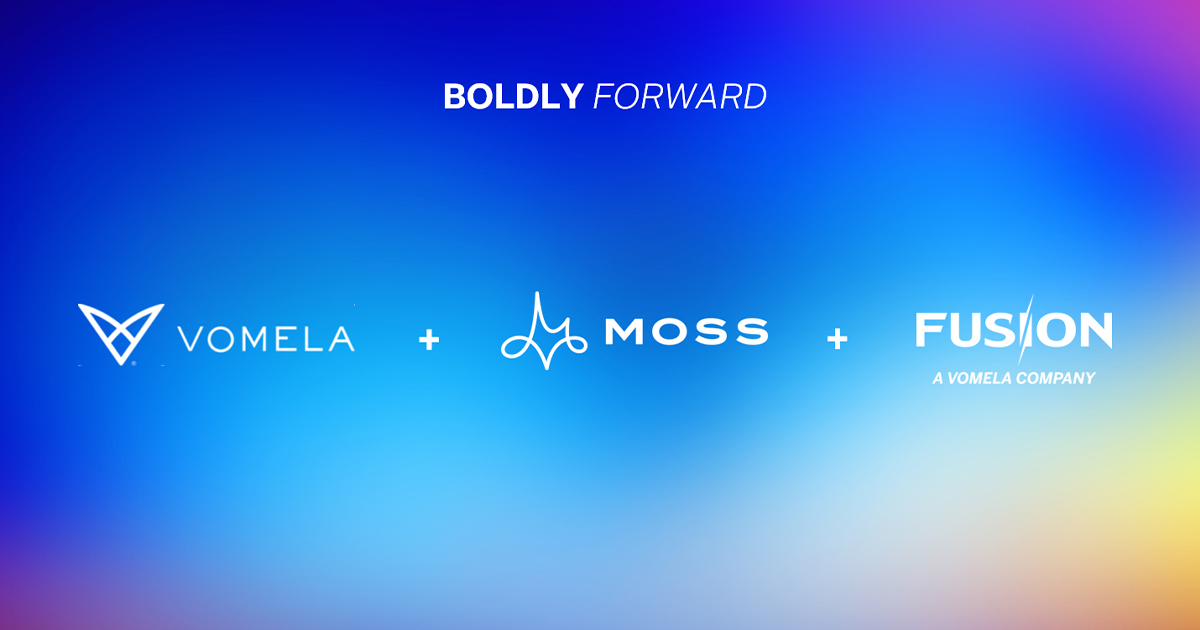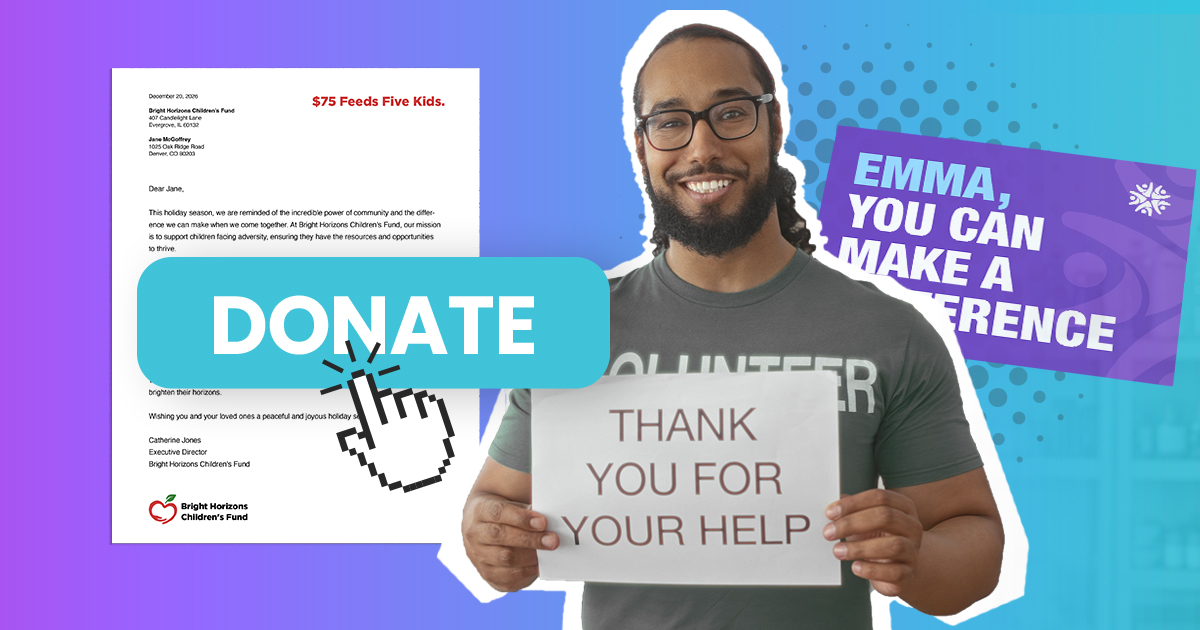
When Worlds Collide

After more than a quarter century of e-commerce, it’s unfortunate that many businesses still treat online and offline operations as distinctly different entities. Despite sophisticated technology and ambitious multichannel approaches, silos, and disjointed processes prevail. All too often, the result is a complete disconnect with customers.
It’s no small matter. “There are a lot of half-hearted and poorly executed attempts to do business across channels,” said Eva Jackson, Director of Demand Generation at PFL. “There’s a need to think far more broadly and holistically.”
Glaring examples of these breakdowns are everywhere. A retailer might send out coupons through email that can’t be used in physical stores, or a travel agency or hotel chain might register a site visit from a someone eyeing a trip to Iceland but then promote a timeshare in Las Vegas.
The accumulation of these missteps and glitches contributes to noise and, eventually, consumers that tune out marketing efforts. Remarkably, many businesses haven’t received the memo: the online and offline worlds have collided. Today, it’s vital to combine and intertwine marketing, sales, operations, and support through a hybrid or blended approach.
Blowing Up Silos
There’s a fundamental problem when people think of online and off-line as separate entities. In reality, they are simply different ways to achieve same result: enabling and enhancing customer relationships along with increasing revenues.
“Over the last few years, particularly with the pandemic, there’s been a tendency to focus on digital technology but, in reality, you have to execute both digital and physical well in order to succeed,” Jackson said.
According to PFL’s 2022 “Hybrid Audience Engagement Survey”: About 57 percent of respondents said they more likely to open something sent in the physical mail versus an email. Among, C-level respondents, that figure jumps to 73 percent. What’s more, personalization matters. Respondents are significantly more likely to engage with a brand after receiving personalized physical mail (54 percent) compared with other forms of personalized communication.
Even personalized email delivers benefits, however. The survey found that 32 percent of respondents are likely to open a message directed to their specific and unique interests, while 14 percent are more likely to click on a message with their name in the subject line.
The fallout of not acting on this can be significant. Consulting firm PwC found that 76 percent of consumers will cease doing business with a company after one or more bad experiences. In addition, 92 percent of consumers stated that their relationship with a brand is the number one factor driving their purchases
While different channels require different embedded processes and workflows, they are ultimately different pieces to the same puzzle. Everything behind the scenes must be synchronized to avoid disconnected silos and disjointed data. Everything must contribute to a seamless experience that delivers value to consumers.
For instance, when a customer logs in, clicks through web pages showing tours and hotels in Iceland, why not follow up with an email or even a printed, personalized brochure. If the person calls in, the customer service rep instantly knows where the person is at in the buying process and focuses the conversation appropriately.
But it doesn’t stop there. If the company notices that the person has visited the site multiple times but hasn’t yet booked a trip, it may send a digital coupon or offer another incentive. “When you have a single source of truth, you can do the right thing at the right time. You can track interactions across channels, measure results, and put data to work more effectively.” Jackson explained
A Question of Balance
Building a viable digital business technology platform requires a focus on 10 core steps, according to Gartner. These involve a combination of people, processes, and technologies. Ultimately, an initiative must span channels such as in-person, radio, TV, the Internet, print media, direct mail, and call centers. In this world, a consumer can interact on the device of choice wherever and whenever she wants.
When organizations successfully adopt a hybrid framework, the distinctions between channels disappear. An organization works with the same data and customers think about the brand or the company differently. Business transactions can naturally flow across devices and physical locations in a completely frictionless way.
For example, an inquiry might originate from the Web, move to a phone or video chat, involve electronic and printed communication, include videos or actual product samples, and progress to an in-person visit (or occur in any other sequence). Suddenly, the business and the customer can take the most direct route to a transaction.
Getting to this higher place doesn’t happen solely with technology—though it certainly plays a major role in supporting an effort. “The right CRM, automation, and technology stack is simply the foundation,” Jackson said. “It’s critical to rethink and rewire operations and workflows to generate value from all transactions. If you create value for consumers, employees, business partners, and the business, everyone wins.”
This involves combining data collected online and offline more effectively—and using business intelligence, analytics, and machine-learning tools to deliver insights at the moment they matter. It means moving data into the cloud, where it can be used in more flexible ways. But Jackson said that it also involves weighting and understanding the value of different activities—particularly as they relate to specific customers.
Forward Thinking
This blended framework allows a business to personalize and contextualize interactions so they are relevant to a particular recipient—and they arrive at the right time and place. It makes it possible for sales and support teams to personalize experiences and focus on what’s important for that customer. Not surprisingly, when the noise level drops, brand affinity and sales usually increase.
At times, the task will seem formidable. Yet, as we wade deeper into the digital age, it becomes clearer that the online and offline worlds have indeed collided—and the right combination of digital and human touch is essential. Concluded Jackson: “Marketers and others must take customer engagement to a more human level. They must ensure that interactions add value. To succeed, businesses must make sure that online and offline strategies are completely in sync.”
Samuel Greengard writes about business and technology. His latest book is The Internet of Things (MIT Press, 2021).



